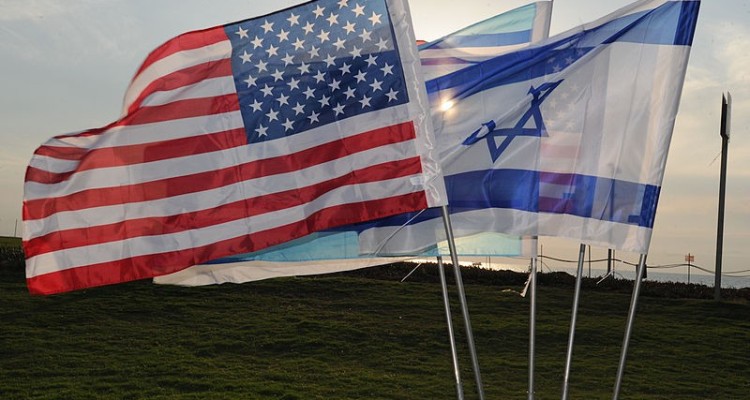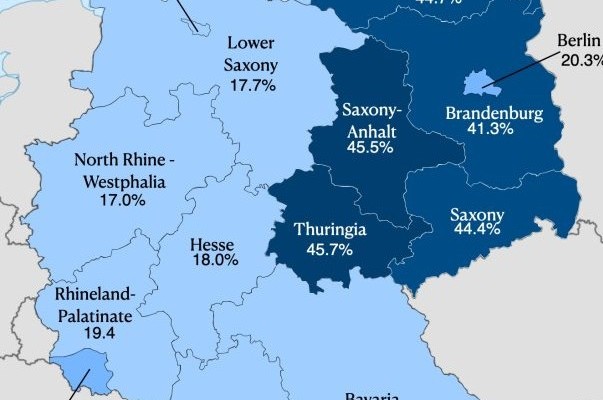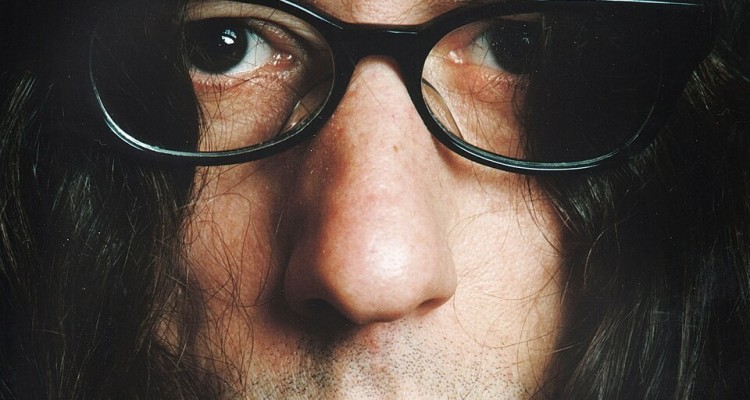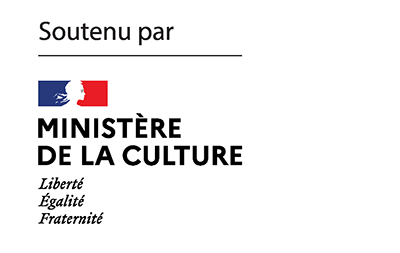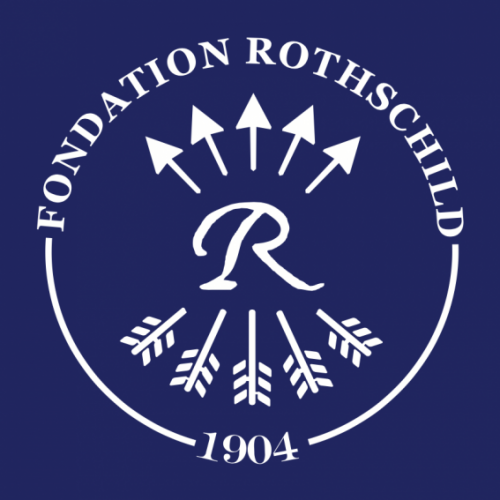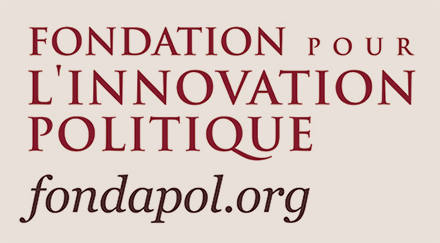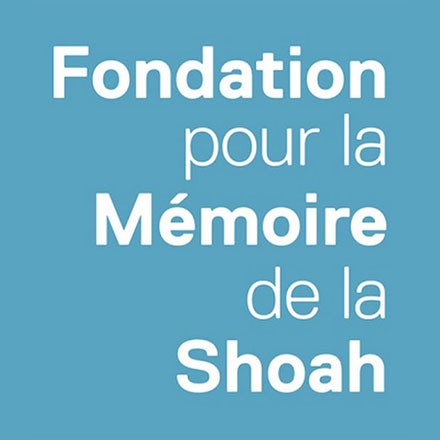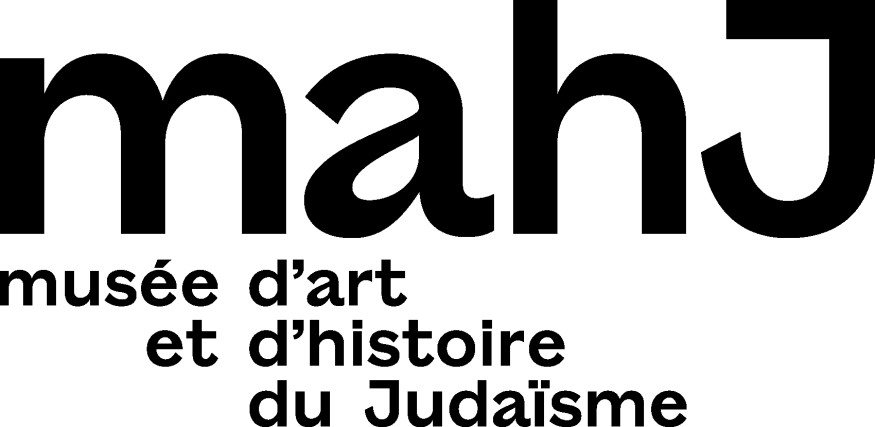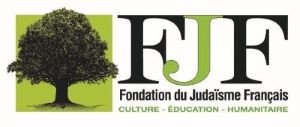Ecology, as well as anti-capitalist and communalist alternatives, are increasingly popular with activists and researchers committed to social criticism. These audiences sometimes refer to Gustave Landauer (1870-1919), Emma Goldman (1869-1940), Murray Bookchin (1921-2006), or even Martin Buber (1878-1965), Jewish thinkers who can be described as anarchists or libertarian socialists. Their utopian visions prefigured an agrarian socialism or an everyday communism, of which certain initiatives in France – such as the zones to be defended or the alternative and ecological collectives – are reactivations. Sylvaine Bulle returns to the Jewish origins of these reference authors; origins that remain silent by those who analyse and defend their thought.
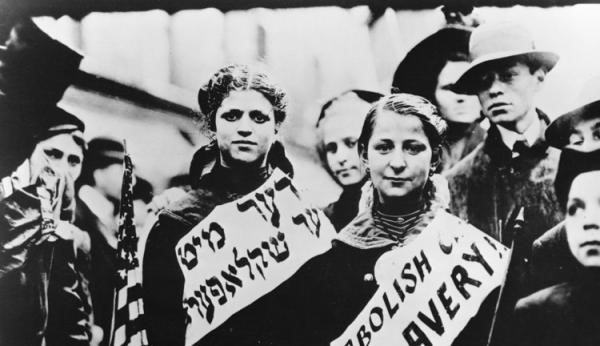
The influence of Jewish libertarian movements on the development of current eco-anarchist or eco-autonomous thought is ignored. We have to admit that the ” communes ” movements, the autonomous collective action turned towards agrarian or local self-subsisting communities today, as well as those who claim to be anti-authoritarian, reason with previous models, which are the fruit of anarchist and Jewish philosophical circles at the turn of the twentieth century. It is therefore necessary to turn to the past to measure the extent to which thoughts that appear familiar today took shape there. The Jewish anarchist currents summarised here under the term anarcho-Judaism belong to the historical forms of social thought, and closer to us, to the conceptions that renew the link between sovereignty, ecology and the earth. This article begins with a discussion of the little-known or invisible originality of anarcho-Judaism in its historical form, at a time when the current period is full of reflections on new relationships with the world in the context of global warming.
Relevance of anarcho-judaism
Anarcho-Judaism, at the turn of the 19th and 20th centuries in Eastern Europe and Russia, did not form a homogeneous or sui generis entity, but comprised different sensibilities, which Hayym Rothman, describes in his essay No Masters but God[1]. It includes : philosophical rabbis such as Meir Zalkind (1875-1937) or Yehudah Ashlag (1885-1954), Hasidic philosophers versed in Kabbalah, revolutionaries from rabbinic dynasties such as Isaac Nahman Steinberg (1888-1957), a lawyer by training and a Talmudic scholar, or his colleague Natan Hofshi (1890-1980), an activist committed to the Jewish-Arab cooperative project and who would become the founder of Brit Shalom[2]. During this period, this Jewish anarchism was nourished by the Bible, the Talmud and rabbinic literature, but also by the classics of Jewish philosophy and modern European philosophy (Spinoza in particular), or by science. If the current is part of the process of Jewish emancipation (the Haskalah), it constitutes a specific Jewish path, alongside assimilation and Zionism or liberal regeneration, by presenting a connection, on the level of ideas, with workers’ socialism, the anti-statism of a Kropotkin and a Proudhon, or the socialist critique of the Russian revolution. We speak here of anarcho-Judaism because of the convergence between Judaism and anarchism, on the borderline between messianism and libertarian socialism. These authors, who were socialised in the yeshivot of Eastern Europe, form a kind of “anarchist minyan” where nothing separates radicalism and religion[3]. Their knowledge of the texts, from the Kabala to the Torah, is applied to knowledge of the world and the will to transform it, with a strong role given to the earth (adama), a crucial concern of Jews in Eastern Europe and Russia at the time, which is in line with current ecological concerns.
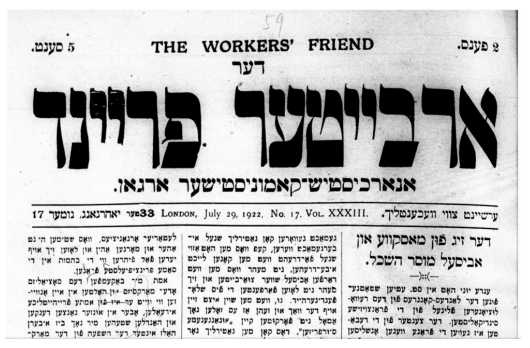
Anarcho-Judaism advocates the need to cultivate the land, as a gateway to redemption in the present and against the loss of belonging to the world, i.e. to acosmism. The constellation of Jewish anarchists places particular importance on an ethic of the earth, on the nurturing that we owe it. The metaphor of the garden serves as a starting point for a vision in which the cultivation of the earth is a task entrusted to Adam, who is responsible for its preservation. Zalkind, one of these religious anarchists, celebrates agrarian village life, for example, using a verse from Genesis (‘the Lord God took Adam and placed him in the Garden of Eden to cultivate and care for it’) to inscribe the motif of deliverance: ‘the world, your land, will then be a paradise for you[4]’. Unlike an uncultivated land[5] (nit keyn ba’arbet feld) that would be loved platonically, this is a matter of working the elements, ‘until your back hurts’. This type of individual and collective ethic goes hand in hand with the rejection of property and market accumulation, a concern that animates contemporary emancipation, and in particular libertarian, authors[6] or movements. In the context of Jewish anarchism, property is referred to, for example, by the term ba’alut, which suggests both domination and the sanctity of the human over materiality and accumulation. This is, for example, the vision of Yehudah Ashlag, whose commentaries on the Zohar (the thirteenth-century Kabbalistic classic) are renowned, who defends a mutualism found in other historical libertarian anarchists of the same period (Proudhon, Bakunin), each of whom does not distinguish between the right of use and possession. But Ashlag, unlike the latter, draws on sacred texts to stress the importance of mutualisation and use and the primacy of human decency over property. In his texts, he recalls one of the Hebrew traditions according to which an owner cannot receive a profit greater than his needs; the benefits he may receive must be public goods belonging to the members of a collective, thus returning to community life. This was the case in the first communes advocated by the minyan, of the libertarian socialist and mutualist type, which were based on this principle.

Communism in everyday life
To take the measure of the Jewish anarchist ethos and of anarchism in general is also to recognise the importance given to the fundamental freedom of the individual as a starting point for cooperation and association, including at the regional and national level. The balance between individual freedom and sovereignty and the equality characteristic of all historical anarchist currents is sought from the framework of fraternal socialisation (the anarchist side) at the level of the individual and from the institutions of communal life (the socialist side of solidarity and justice). It translates into a constant recourse to living communities, incompatible with a statist programme. Anti-authoritarianism is particularly evident in Jewish anarchism, and leads us to examine the historical context in which it is expressed.
As Rothman points out in No masters, the opposition of Jewish anarchist circles (oppressed as Jews and anarchists) to the Russian hegemonic revolutions and in particular to the Bolshevik movement was constant. In each of their texts, they denounced the statism of the means of production as an obstacle to individual emancipation and defended an anarchism or a libertarian socialism that would restore inner freedom and outer freedom, through the revolution of society and the individual. They therefore reject authoritarian forms of state or parties that exercise control over society. This suspicion of hegemonic and revolutionary conceptions of the course of history also stems from the fact that anarchism is not only opposed to the dominant Russian ideology of proletarian revolution, but to any moral or ‘bourgeois’ domination of one person over another, a trait that characterises all historical and current currents of anti-authoritarianism in their various translations, from libertarian anarchism to communism to feminism.
Solidarity is preferred to the mass revolutionary ideal, and the anarchist minyan defends modes of self-governance conducive to the “simultaneous development of a social group and a free person”. The criticism of hegemonic and proletarian parties, and more broadly of Marxism, is also based on their alleged inability to understand the rural peasantry, unlike libertarian socialism.
“Agrarian anarchism[7]” and its resurgence in social ecology and autonomy
To allow these different facets to interact, Jewish anarchism advocated innovative political and social forms, steeped in a day-to-day communism. For Steinberg, a member of the movement who built bridges between agrarian socialism and anarchism, the first task of Jewish socialism was to separate itself from the “petty-bourgeois world, from the old, mercantile, patriarchal Europe” and return to nature and agriculture, with minimal, rustic conditions of life or comfort. The communalist dimension is provided by the role of the free workers’ villages, where a front with trade unionists and workers can be established, and is reflected in the existence of cooperatives and the importance of mutual aid through land. The role of the villages is more or less inspired by the role of the workshops in the “fields” of the libertarian communist Kropotkin, and should make it possible to oppose the “powers”, such as urbanisation and industrialisation or bureaucratisation.
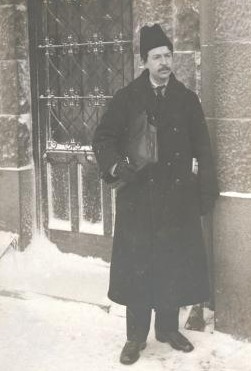
What attracts attention is the early connection between the proposals of the Jewish anarchists and the anarchist narodnik ‘agrarian’ movement – known as Land and Freedom – which was pre-Marxist, idealist and libertarian, and which did not specifically address the Jewish community. In the 1870s, it advocated self-government for the people through small villages, with the aim of replacing a vertical organisation of the country. Anarcho-Judaism directly bridges narodist idealism and Judaism by comparing its pioneer land workers to the narodniks, who descended “into the depths of the people” and aspired to a “radical transformation”. In concrete terms, this agrarian communalism is to be found in agricultural practices, in the concern for emancipation through the land and community life, banishing property. It must, according to the thinkers or affiliates, be based on kinship or social ties, especially Jewish ones. Steinberg, a former member of the Narodnik revolutionary party, was one of those who promoted the creation of free associations of Jewish pioneers established on the basis of mutualism. Hofshi, a member of the Anarchist Circle, was directly inspired by Landauer[8], himself a socialist convert to anarchism, to advocate “free congregations (Jewish and non-Jewish) which voluntarily unite in a spirit of mutual aid, in order to live in peace, love and mutual understanding without constraint of any kind”. For most of the authors of the circle, it is necessary to move towards villages where physical and spiritual links are maintained, where work is free, decided by the community[9]. This will be the case for the halutzim, pioneers in the aspiration to a radical transformation, emphasising wilderness and asceticism as well as the stripping away of world civilisation, within communities rooted in environments, doing without outside help.
These are the beginnings of this anarchism, which can be likened to a prefigurative politics. It provides an opportunity to think about a messianism of the here and now, an alternative society based on non-hierarchical, egalitarian and self-organised practices, established on the basis of political territories that were advocated more than a century ago. Are not these political lines that give rise to pioneering communalist experiments such as halutzim and then kibbutzim the ones that various contemporary currents in vogue affirm?
This is the case of the paths of subsistence or autonomy, passing through eco-socialism and municipalism, or bio-regionalism, as many political and social practices, sometimes as a quest for deliverance. Contemporary scientific and activist literature abounds with examples of this, with a particular interest in communalism and social ecology, which the activist philosopher Murray Bookchin defined and defended, especially following the Jewish philosopher and architect Erwin Gutkind (1886-1968). According to Bookchin, who inspired autonomous territorial struggles, it is not only a question of becoming aware of the need for balance between man and his environment (which characterises political or “deep” ecologies[10]), but of affirming the relationship between the land and social issues, with the search for processes of empowerment and mutualisation as responses to the various forms of domination, whether it be the exploitation of nature or human oppression. Bookchlin shapes the notion of social ecology through proposals for local people’s assemblies and self-managed and confederated communities, which replace the state. They are, moreover, close to agrarian anarchism or the current of bio-regionalism, and it is known that Bookchin was interested in the autonomous region of Rojava, just as he was inspired by the experiences of the medieval commune (enlightened by the revolutionary anarchist Kropotkin), by Proudhon’s anarchism or Landauer’s communalism. Bookchin, however, does not mention the halutzim or kibbutzim that would develop in Israel during the twentieth century[11].

A final aspect of anarcho-Judaism must be highlighted. It concerns the relationship to the political Zionism that was dominant in the first half of the twentieth century and as a formalisation of a model unifying a people and a territory. Anarcho-Judaism is marginal and in dissonance with the notion of a people. For some of the authors quoted, it would be necessary to “anarchise” this notion of Jewish peoplehood, to integrate it into a vast global libertarian network and to avoid all political and state sovereignty. This is the point of view of the activist Hofshi, for whom the anarcho-Jewish ethic must be an example of political life, based on a simple life and a conception of spiritual revolution in daily life. This form of political life, which is opposed to political Zionism, cannot be centralised or exploited by militarised, non-peaceful, land-destroying rulers[12] or administrations, and is based on agrarian anarchism and manual labour on the land. We also find this conception in the Ukrainian Aaron Gordon (1858-1922), a religious inspirer of Landauer and one of the founders of Hibbat Zion, a Jewish cultural and territorialist movement, which symbolises a congregation of Israel independent of the state and a central power. For other members of the movement, it was not a question of “anarchising” the Jewish people, but of Judaizing the anarchist movement, by basing it on affinities, or even community traits. According to Zalkind, the bearer of this sensibility who emigrated to Palestine in the nineteen-thirties, cultural autonomy must be a variant of Jewish nationalism; the autonomous Jewish anarcho-communist communities of Palestine could become the “cradle of a new society that lives by the noblest ideals of Judaism and humanity”.
Anarcho-Judaism would thus be a resource for inventing autonomous and cultural territories where Jews could have a real framework for living. This does not necessarily translate into a territorial base, and even less into a state, but into an aesthetic imaginary, reflecting a living Jewish space called doikayt, which was carried by the literary current of the anarcho-Jewish movement. The emphasis is on cultural revival through different temporalities and expressions (such as poetry and literature), based on geographical, local resources. It can also be about cultural societies freed from the tutelage of the state and ‘oppressive’ institutions, or even an anarcho-diasporism, assuming these political and cultural dimensions. Steinberg, for example, defends a deterritorialized political vision: “Palestine is everywhere where the Jewish spirit burns[13]”. Conversely, Zalkind, a territorialist member of the current, wishes to build “a new people and a new Judaism” greater, more beautiful and holier than the one that existed before through the process of “building a new life whose spiritual centre would be Palestine[14]”. This way of thinking, while refractory to political Zionism, does not totally exclude cultural Zionism and expresses an affinity anchoring of autonomy. The creation of affinity communities is also at the heart of contemporary non-Jewish autonomous and anarchist currents based on cultural and territorial traits[15].
Recognising influences
This political and aesthetic history must be inserted into the emancipatory dynamics of the haskalah, including its mystical and religious references to redemption[16]. But emancipatory anarcho-Judaism does not only shake up Jewish thought and identity, which was mostly stabilised at the beginning of the twentieth century in nationalism or in political Zionism. The strength of this anarchism is that it was transformed directly into Jewish utopian practices as witnessed by the halutzim and kibbutzim. Interrupted by the tragedies of the First and Second World Wars, it was re-evaluated in ultra-contemporary times, through the use of sometimes vague formulas, such as the terms “communalism”, “communes”, “utopias”. It has thus been metamorphosed into social utopias and alternatives realised in the present, which obliterate or ignore it, for lack of a thorough historical diagnosis of the forms of life it advocated. What contemporary social and political critics have taken to calling anarchism or libertarian socialism, what we group together under the term ecological and autonomous thought, are in fact confused with the forms of life advocated by anarcho-Judaism. It is therefore necessary to resort to history and investigation in order to read the scope of past experiences that extend beyond their initial inscription, because they are our own. This is the sense of those who bring to life the texts of anarcho-Jewish thought, of which much remains to be deciphered.
Sylvaine Bulle
Sylvaine Bulle is a sociologist. Her work focuses in particular on contemporary emancipation movements in connection with ecology, in France and in Israel. She has recently published: ‘Sociologie du conflit’ (with F. Tarragoni, 2021); ‘Irréductibles. Enquête sur des milieux de vie’ (2020) and ‘Sociologie de Jérusalem’.
Notes
| 1 | Hayym Rothman has provided an in-depth presentation of the authors discussed in the article, in, No Masters but God. Portraits of anarcho-judaism, Manchester University Press, 2021. |
| 2 | Brit Shalom was a movement active in the 1930s, seeking to ensure peaceful coexistence through a binational Jewish-Arab regime. Other examples include Avraham Heyn (1880-1957) who migrated to Palestine or Ahad Ha’am (1856-1927), a nationalist and major intellectual force in Jewish renewal through anarchism. Most of them migrated to Europe or Palestine. |
| 3 | Anarchist autonomism can even serve as a link to ultra-Orthodoxy, as shown by some current currents of ultra-Orthodoxy that have rejected secular Zionism and nationalism. See on this subject in K. an interpretation of the Autonomies series by Noémie Benchimol. |
| 4 | Quoted by Rothman |
| 5 | In Leviticus, God explains to the people that if they do not keep the laws, their land will be desolate and will remain so. |
| 6 | In particular David Graeber who defends a basic communism. |
| 7 | We have used this term for autonomous circles that have appropriated land for political purposes, but without reference to Judaism. See Sylvaine Bulle (2020), Irreducibles. Enquête sur des milieux de vie, UGA Éditions (coll. Ecotopies). |
| 8 | For Landauer, “the true society is a multiplicity of small effective common belongings, which are born of the federative properties of the individuals, which are born of the spirit”. Landauer, a libertarian philosopher just like Buber influenced the first kibbutz movements. See Mendes-Flohr, Paul and Anya Mali (eds) (2015). Gustav Landauer: Anarchist and Jew. Boston: De Gruyter. |
| 9 | Small changes, in the daily life of the individual, are what produce large-scale changes in humanity. Hofshi speaks of a religious communism. Quoted by Rothman |
| 10 | The deep ecology as the naturalistic current claiming “primitive” links with the natural environments and the return to the nature is developed among the contemporary libertarian anarchists. |
| 11 | Let us note that the reference to kibbutzim and haluztim and to the nebulae of Jewish anarchism and libertarian socialism does not appear in the works devoted to Bookchin, nor in the works of those who have thought about the experiences of Rojava, of Chiapas |
| 12 | Anarchism is at odds with the “center of gravity” of Zionism, which has attempted to normalize the Jewish experience by making us “like the rest of the nations” (Hofshi quoted by Rothman). |
| 13 | This is also the case for Tamaret, a rabbinic philosopher, arguably the most anti-authoritarian member of the collective, and Alexandrov, the most diasporic. Jewish identity, Tamaret argues, is fundamentally rooted in the Torah, which “cannot be restricted to one country. The homeland is an idol that must be torn down. |
| 14 | Territorialists like Zalkind sought to establish Jewish autonomy, but not necessarily in Palestine. |
| 15 | Like Chiapas, the autonomous region of Kurdistan and regional autonomist movements. |
| 16 | The Jewish idea of redemption was reduced to “the creation of a political nation like all other nations” according to the anarchist Steinberg, quoted by Rothman. According to him, the spiritual dimension of messianism was to prepare the Jews for the revolutionary ideal. |
